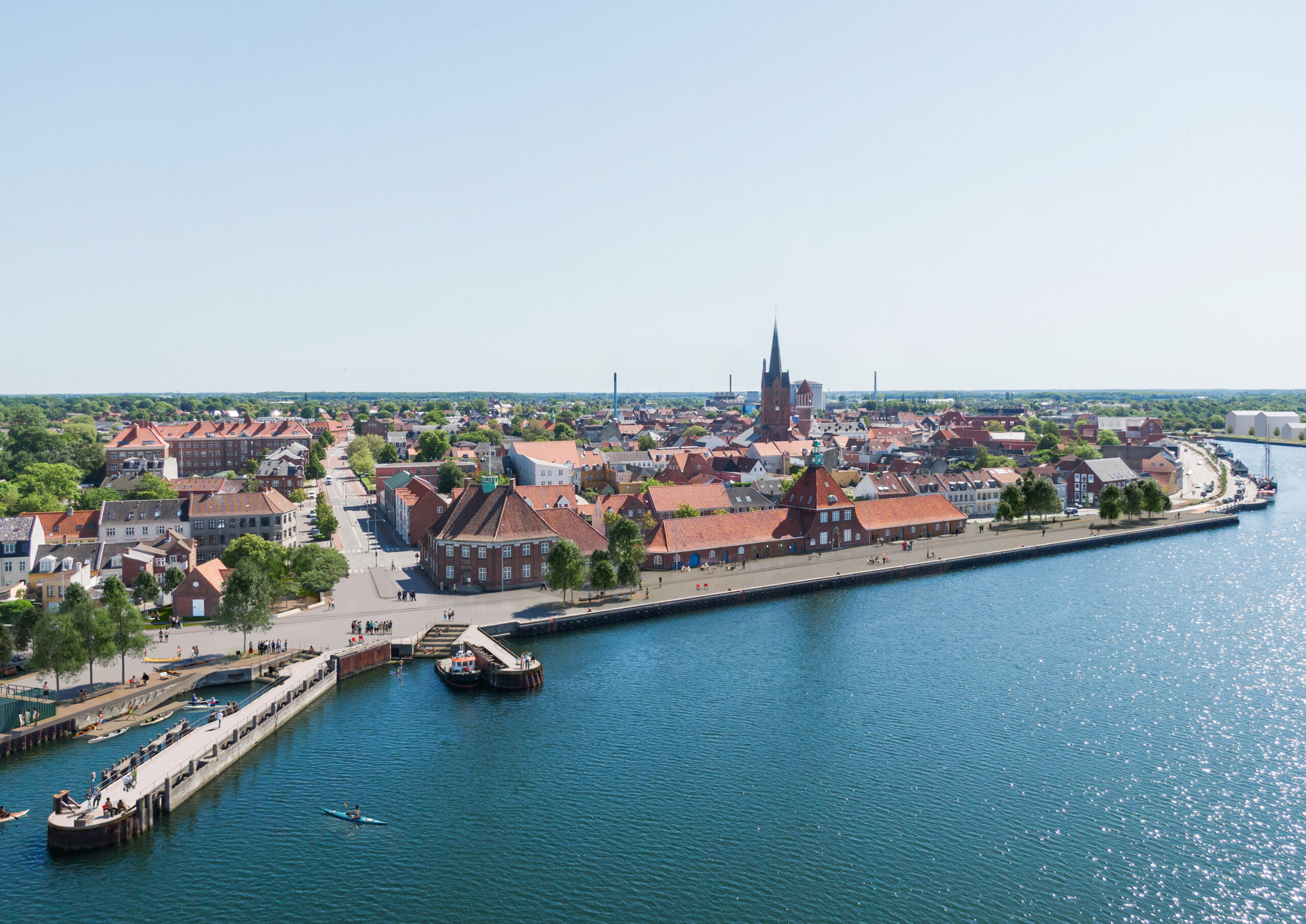According to the national research centre for pork production, the content of protein in grain – which is taken to be the most important quality indicator – fell this year to 8.4 percent, reports Jyllands-Posten.
The analysis shows that the quality of Danish grains has been declining since the 1990s, when farmers were forced to reduce fertilisation.
“Because of the rules, we cannot use the amount of fertilisers grains actually need,” Torben Hansen, the chairman of plant production at the agricultural trade association Landbrug & Fødevarer, told Jyllands-Posten.
“This means that we are gradually exhausting the soil by depleting its reserves of nitrogen. The continuously low quality of grains is the result of this depletion.”
Germans are doing much better
While the content of protein in Danish wheat dropped from about 11 percent in the 1990s to 8.4 percent this year, in northern Germany the development has been much more positive.
In Schleswig-Holstein, for instance, the content of protein has remained unchanged at about 10.5 percent. At the same time, the local farmers have increased their yields.
"In Denmark, farmers use about 150 kilograms of nitrogen per hectare of wheat, while Germans typically use 220 kilograms,” explained Leif Knudsen, a senior consultant at the research centre for agriculture.
More fertilisation, more protein
Knudsen believes that, taking into account the location, it would be optimal if Danish farmers were allowed to use about 190 kilograms nitrogen per hectare.
This way they could raise their production to about 600 kilograms per hectare and increase the protein content by 0,8 percent.















